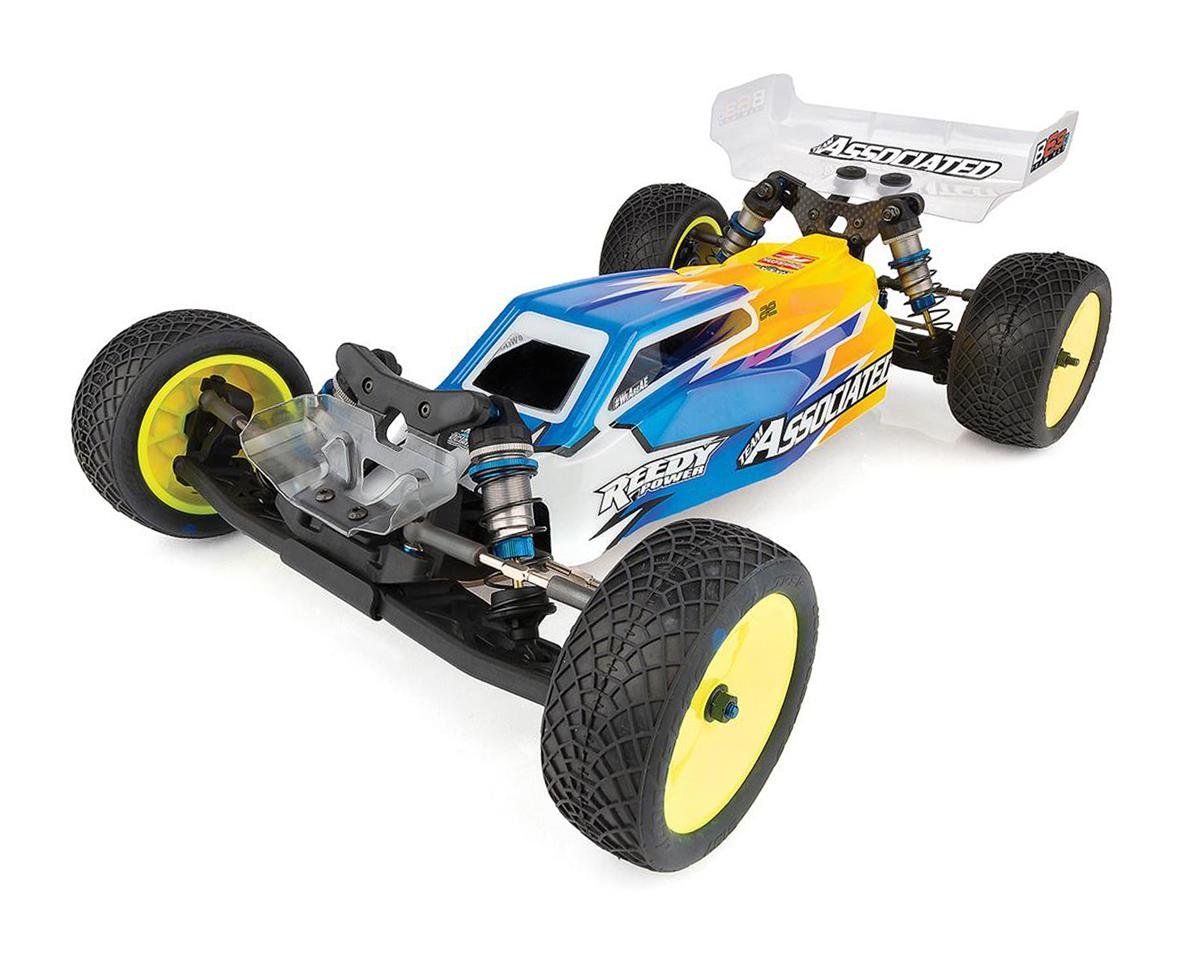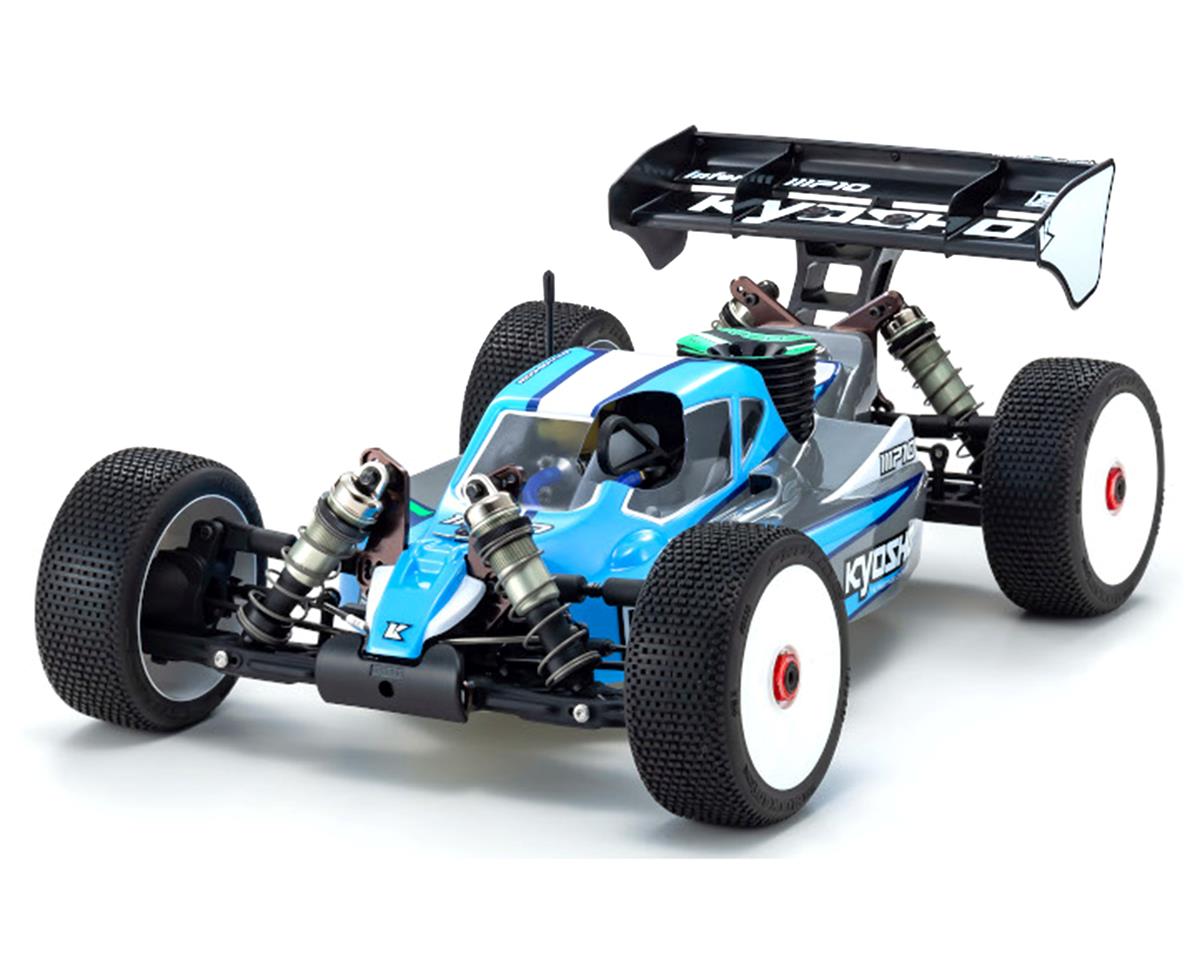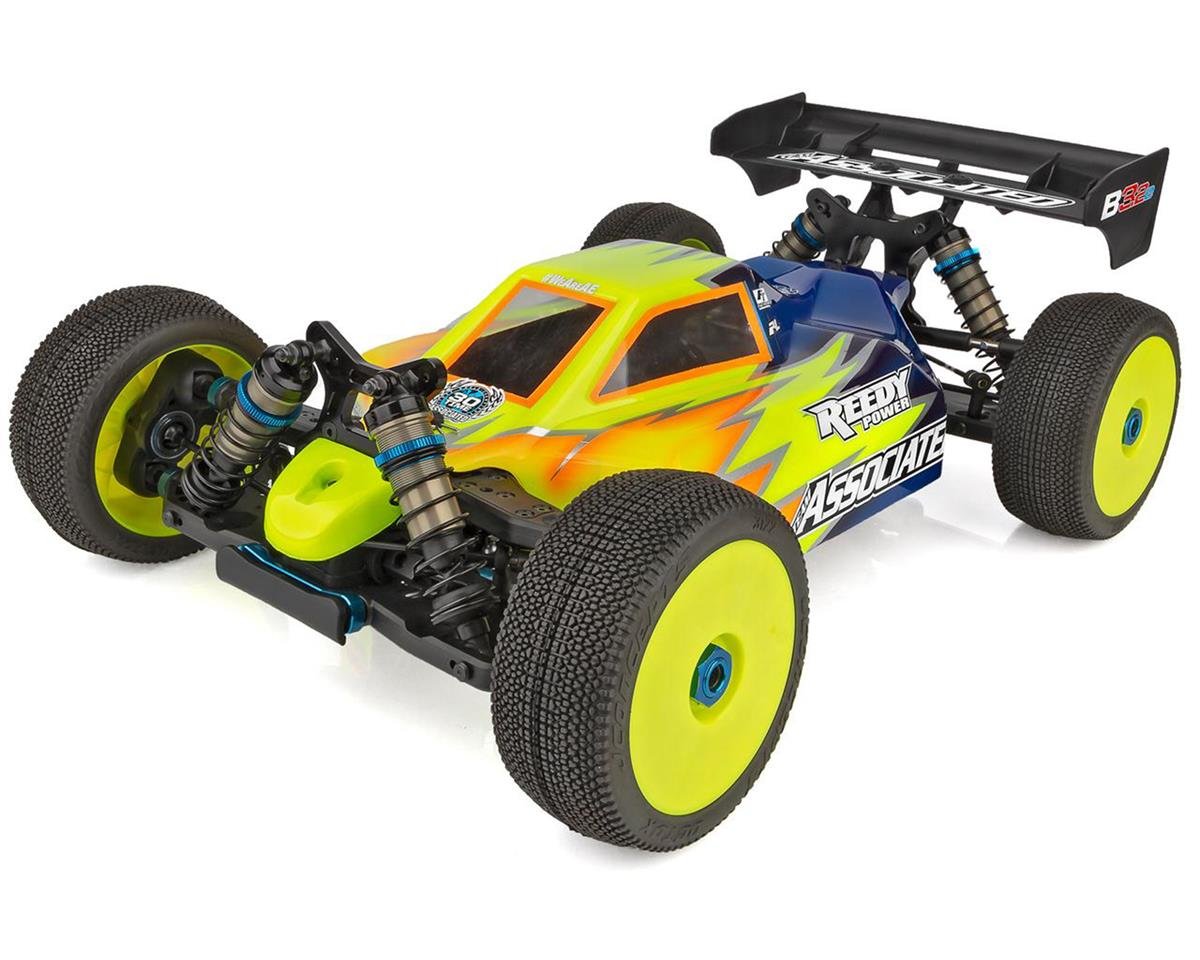RC Racing Tips for the Beginner Racer and Mistakes to Avoid
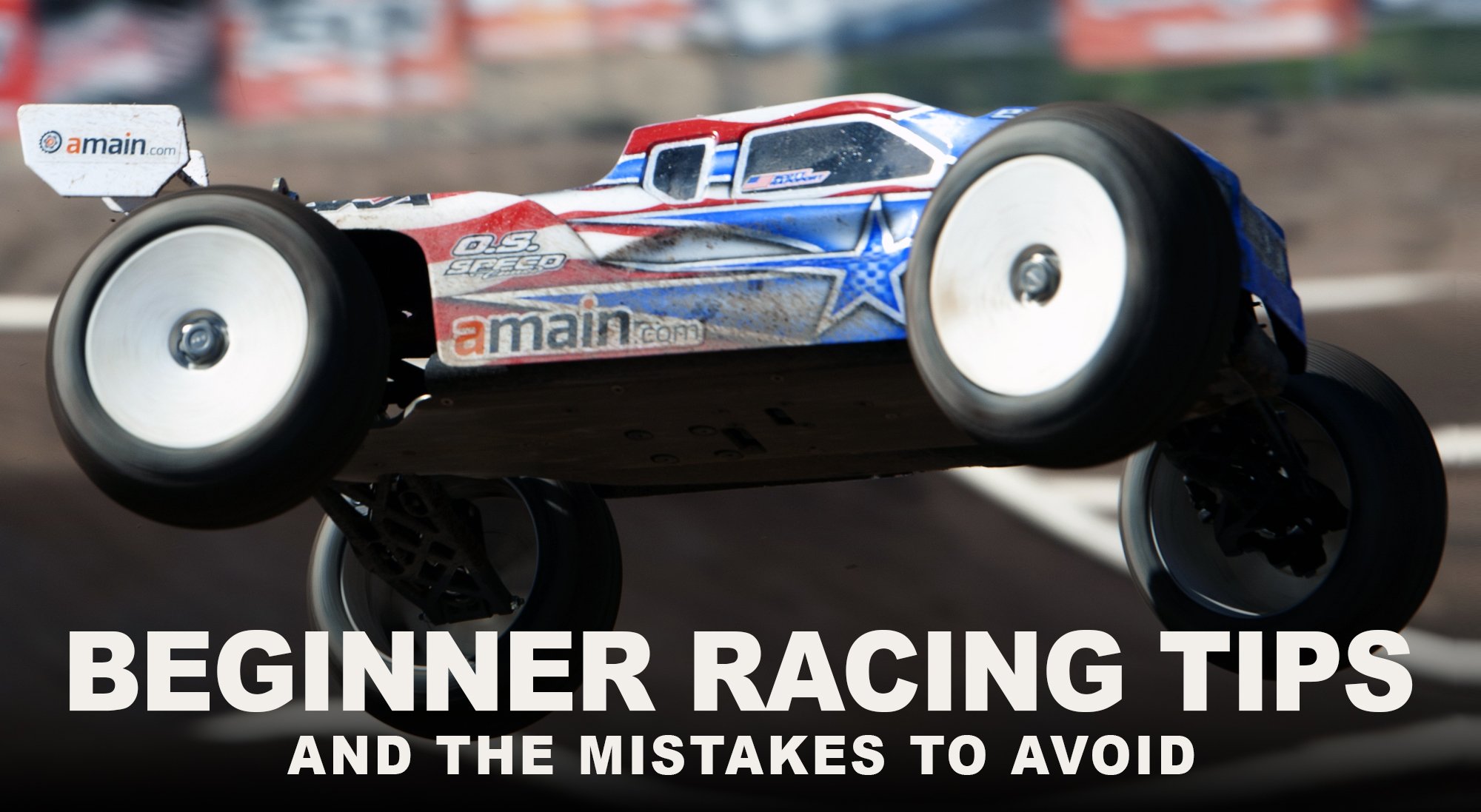
Getting into RC racing can be one of the most exciting areas within the radio-controlled hobby, but it can be intimidating for a first-time racer hitting that track. It’s hard to know what you need and how to prepare. So, in this article, we go over some RC racing tips for the first-time racer. What to do and how to better prepare to have a relaxed and enjoyable experience.
HOW TO PREPARE FOR AN R/C RACE
As with any area of life, the best thing that you can do to achieve your desired outcome is to be prepared and to do as much due diligence as you can for whatever situation. Radio control racing is no different, and for the first time, R/C racer, there’s a lot of things that you can do to prepare yourself for hitting the track.
RC Racing Tip 1
Investigate
If your local track is close, go to an event and check it out! You’re allowed to walk around through the pits, and people are generally very friendly. Don’t be afraid to talk to people and tell them you’re interested in getting into racing—most will love to chat with you.
You can also go to your local hobby shop. They often know what events are coming up, the scheduling times, costs, and requirements. And be sure to ask what tires work best at that track.
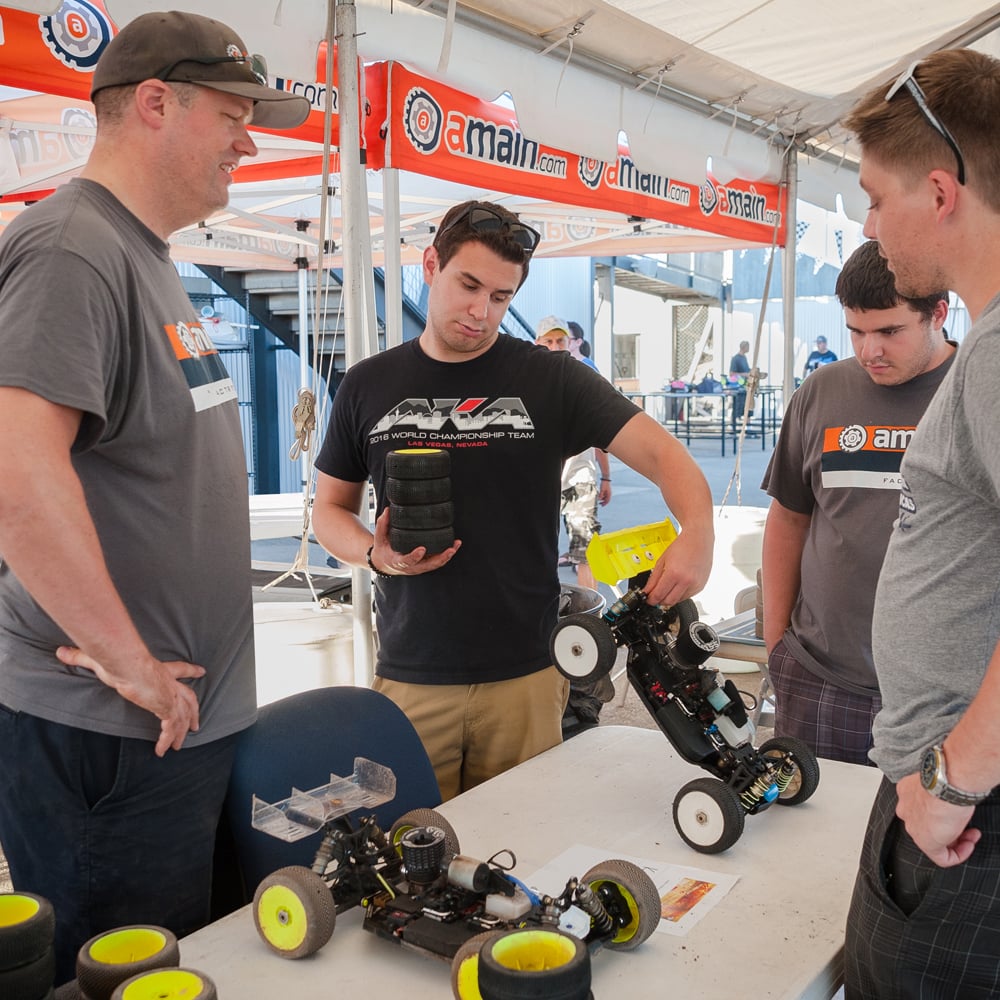
RC Racing Tip 2
Do Your Research
You’ll also want to know what race classes your local track provides and see what classifications are available. There’s usually a novice or a rookie class for people that are just beginning. Find out how your car stacks up in your racing class and see if there is anything that your model needs.
Knowing what tires are best for the track you are racing on is the best way to stay competitive. Grip conditions can vary based on temperature and track conditions, so talk to the experts. It’s also good to find out if your track has an on-site hobby shop so you can easily buy replacements but be sure to check if they stock parts for your particular model.
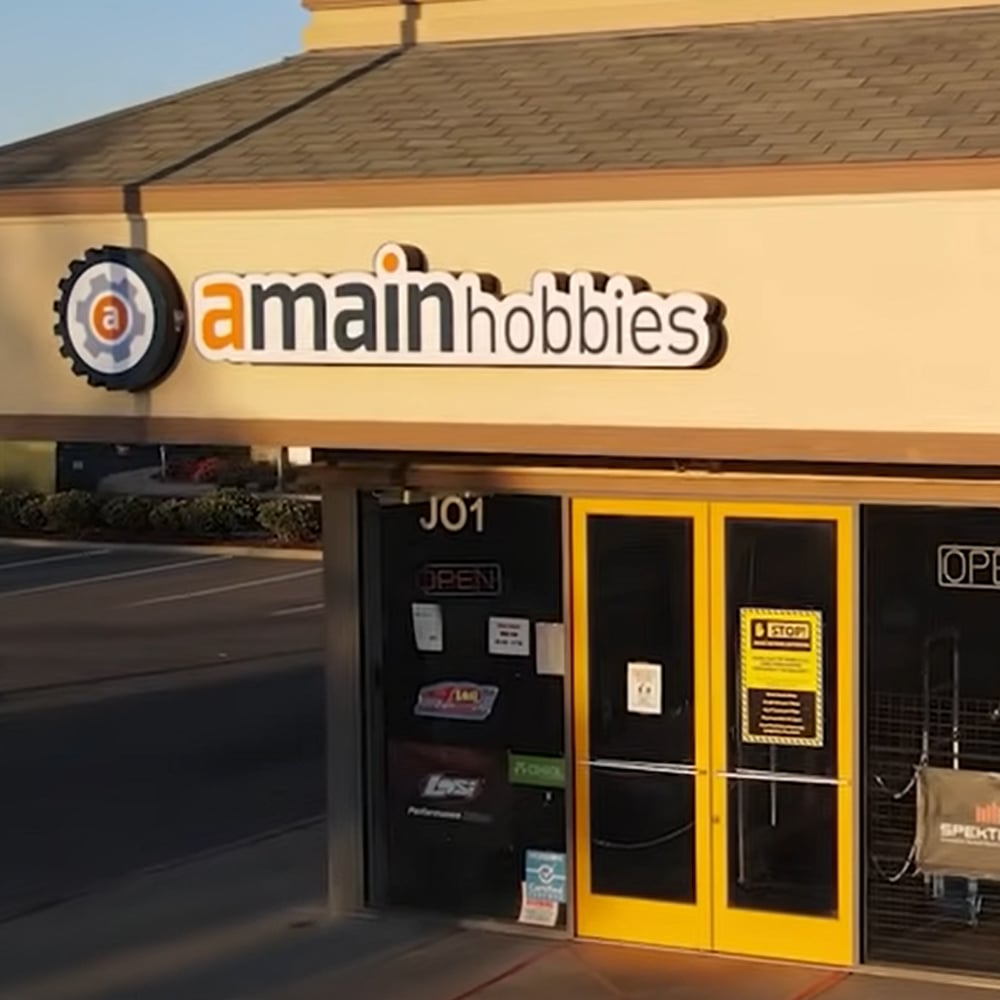
RC Racing Tip 3
Pick Your Lane
Deciding what classification you want to race in is up to you, but knowing what classes are run at your local track is imperative. You don’t want to have to travel long distances to race, especially at first. The larger the car, the more expensive the hobby, so it may be best to stick with 1/10th scale or smaller if you are on a limited budget.
Chances are you will be breaking a few things when you are first starting, and the smaller scale parts are less expensive. Once you select your vehicle, there are a few other things you will need.
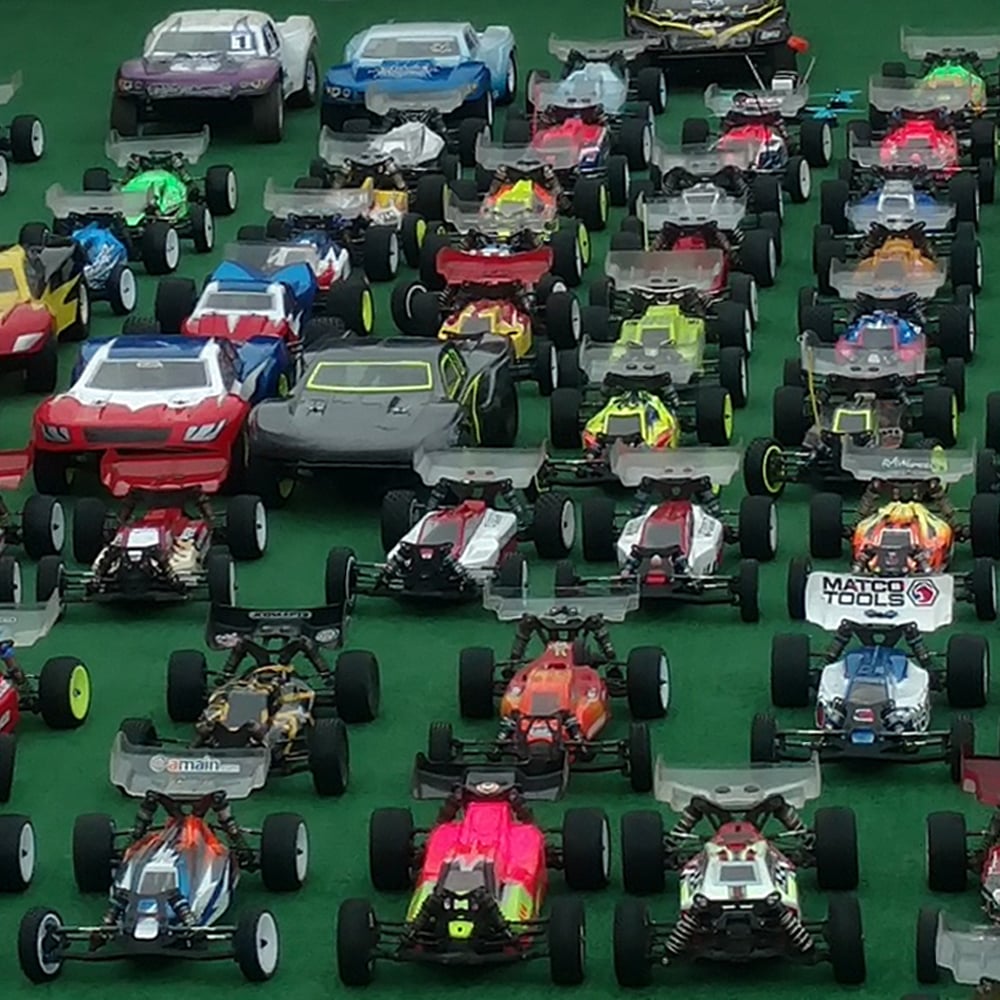
RC Racing Tip 4
Create a Checklist
You may need to provide your own chair and pit table. Many outdoor tracks require you to bring an extension cord and power strip. In addition, most indoor tracks require a pit mat and battery sack to charge LiPos. It’s likely you already have many of these items, but when you go to the track, you’re going to want to bring some basic things like tools, spare body clips, wheel nuts, and screws. If there isn’t an on-site hobby shop or they don’t have parts for your model, be sure to bring spare parts like front suspension arms, front shock towers, front C hubs, and axle pins. A second set of tires is always a good thing to have on hand since they will be replaced often. In addition, we recommend purchasing a transponder and pre-installing it on your vehicle.* If you want to know what our pros put in their hauler bags, check out this video. These items are critical to have at the track—we’ve seen people scramble to find the most basic things right before their race. Check out our race day checklist here.
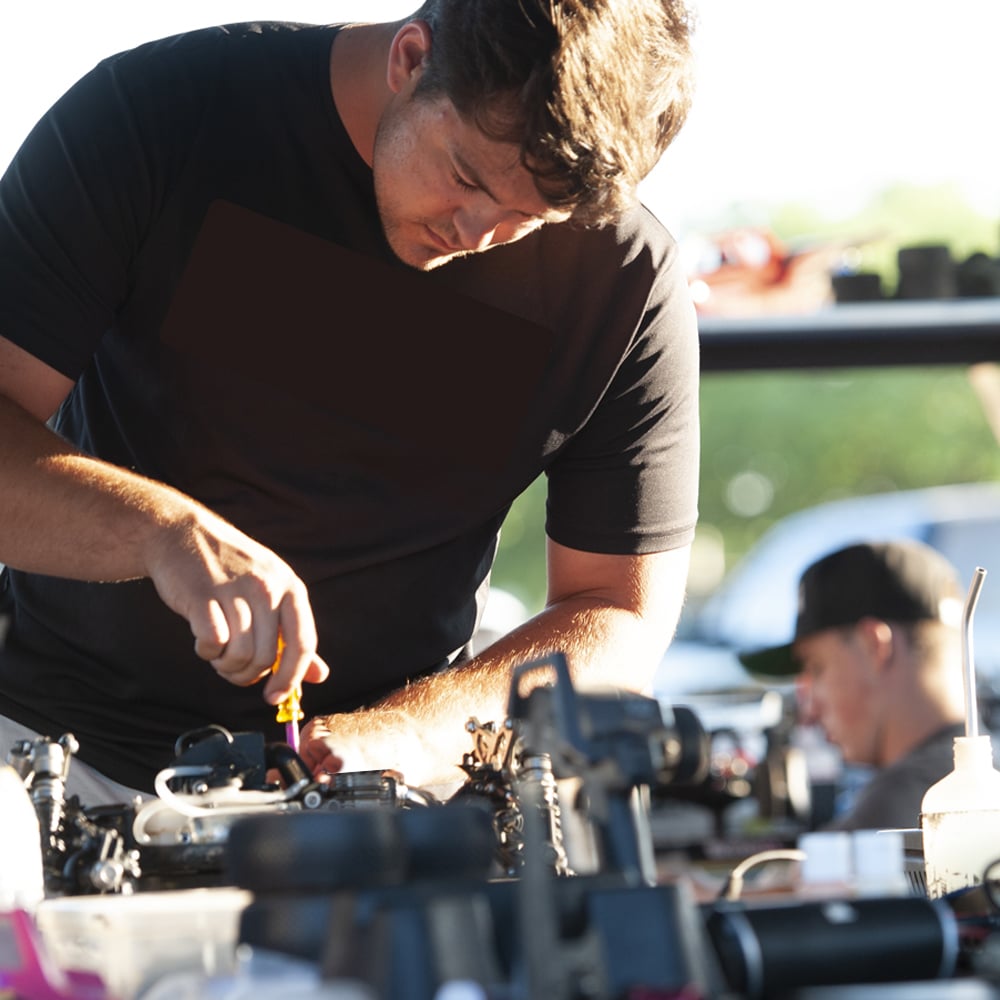
*A transponder is a tiny transmitter that plugs into a servo port on your receiver. So make sure you have an extra slot.
RC Racing Tip 5
Dress For Success
For outdoor races, sunscreen, water, and even hats are necessary. It’s also essential to wear clothes that are appropriate for the time of year. Wearing flip-flops or sandals can be dangerous. Your feet can get run over by an RC car, and there are plenty of things that can go right through a soft sole shoe.
Plus, you will likely be asked to be a “Turn Marshal” for the race right after your own. This is where most injuries occur, so dress the part; boots, pit gloves, long sleeves, and eye coverings are recommended. Who knows what can happen? It’s just better to stay protected and not put yourself at risk.
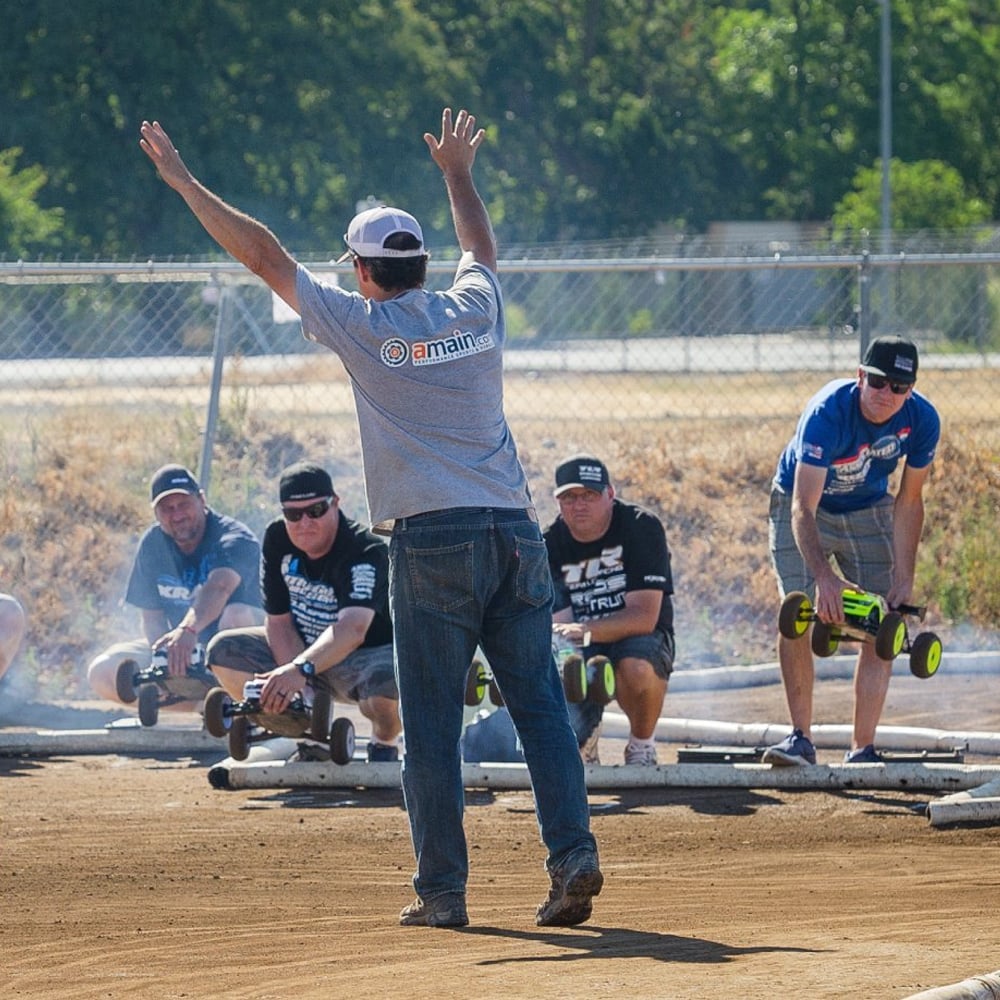
RC Racing Tip 6
Get Charged the Night Before the Race
The night before a race, it’s a really good idea to charge up your batteries. If you’re racing an electric vehicle, charge up an extra battery, so when you hit the track, you are ready to do some practicing after you have registered and set up your pit. Also, don’t forget the batteries in your transmitter—if it has a LiPo, charge it. If your TX takes AA batteries, consider adding a fresh set or pack more in your pit bag. If you’re racing nitro, you will likely have a receiver battery, globe battery, engine heater battery, and a starter box battery. If you have any of these batteries, make certain to charge them up to 100% before you hit the track.
Lastly, be sure to charge yourself. It may not be easy, but try to get a good night’s sleep!
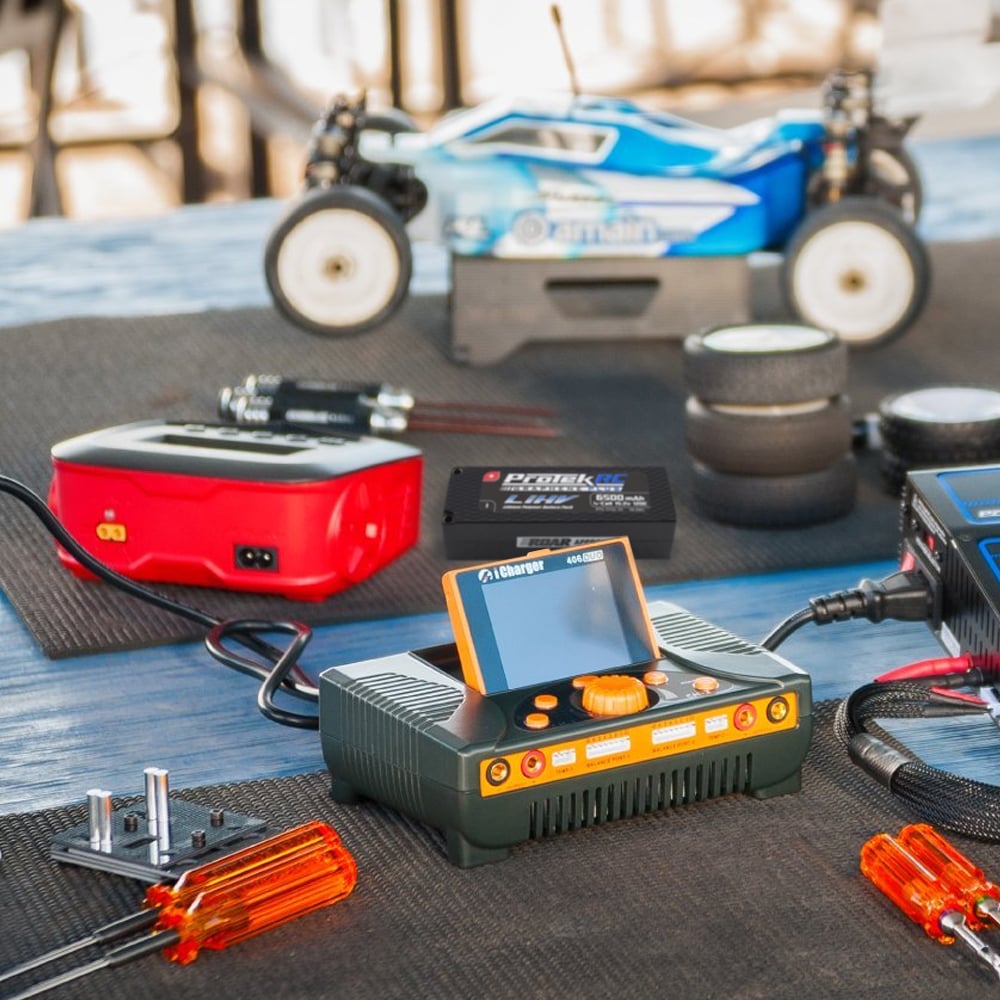
RACE DAY
So those are all good things to do ahead of time, but once the big day comes, you’ll want to get to the track early. Most tracks open early for practice, so you can drive at your own pace and get a feel for the track.
RC Racing Tip 7
Set-up Your Pit Area First Thing
You’ll want to set up your pit as soon as possible. It’s a lot less stressful if you set it up in advance. You’re going to be more at ease and ready to go and react to whatever is happening at the track.
While you’re setting up, strike up a conversation with fellow racers. It’s a good idea to find out who the race director and track crew are in case you need to ask them a question or need help at any point.
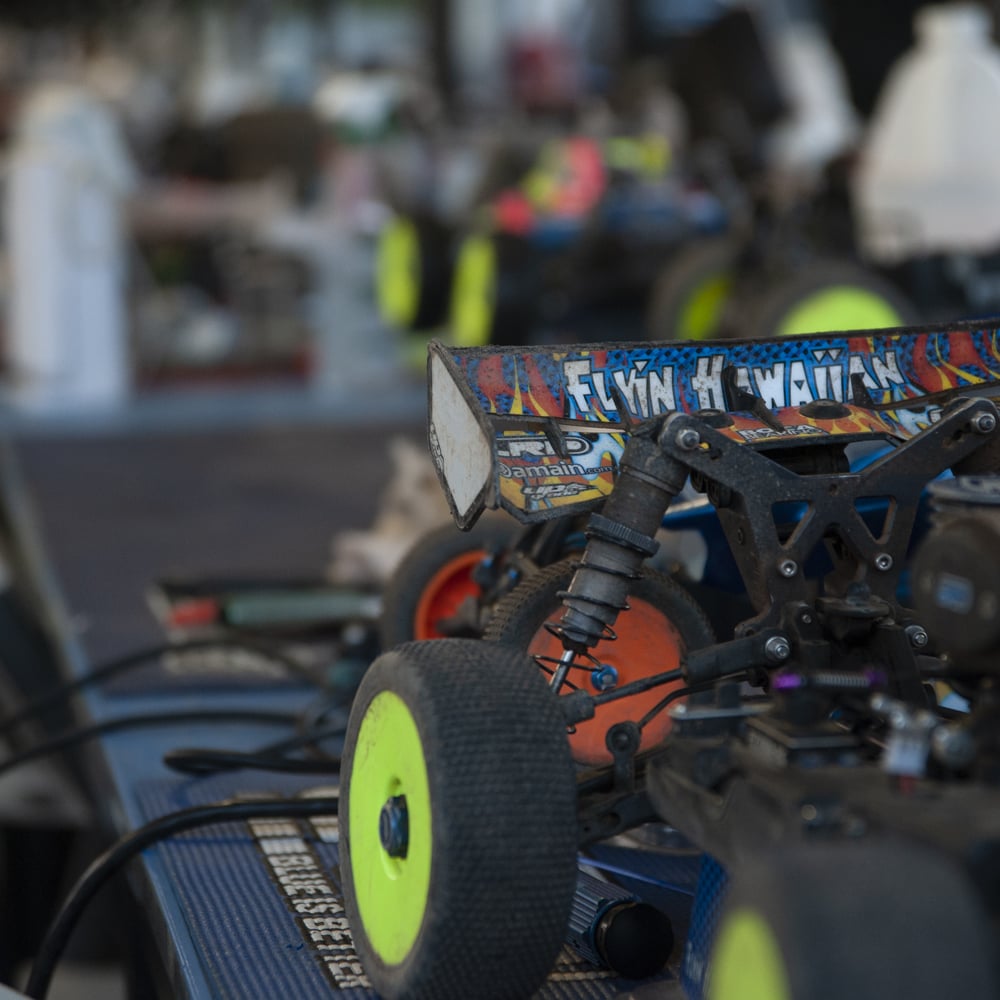
RC Racing Tip 8
Check Out the Competition
In the morning, the track will officially open up for free practice. There’s no race going on, so drive at your own pace. But be careful!
One of the biggest mistakes that new racers make is putting their car down right in the straightaway and then walking up to the driver’s stand. It’s really important where you stand and operate your car, but never put your R/C car down on the straightaway. It is imperative to place your car somewhere safe and out of the way where no one is currently driving. Too often, this happens; a racer will come down the straightaway full-speed and hit a car that is just sitting there—ruining the experience for both drivers.
If you get into RC racing at a nitro race, they often have a pit lane. You’ll want to find out where the pit lane is. Have somebody help you out if needed.
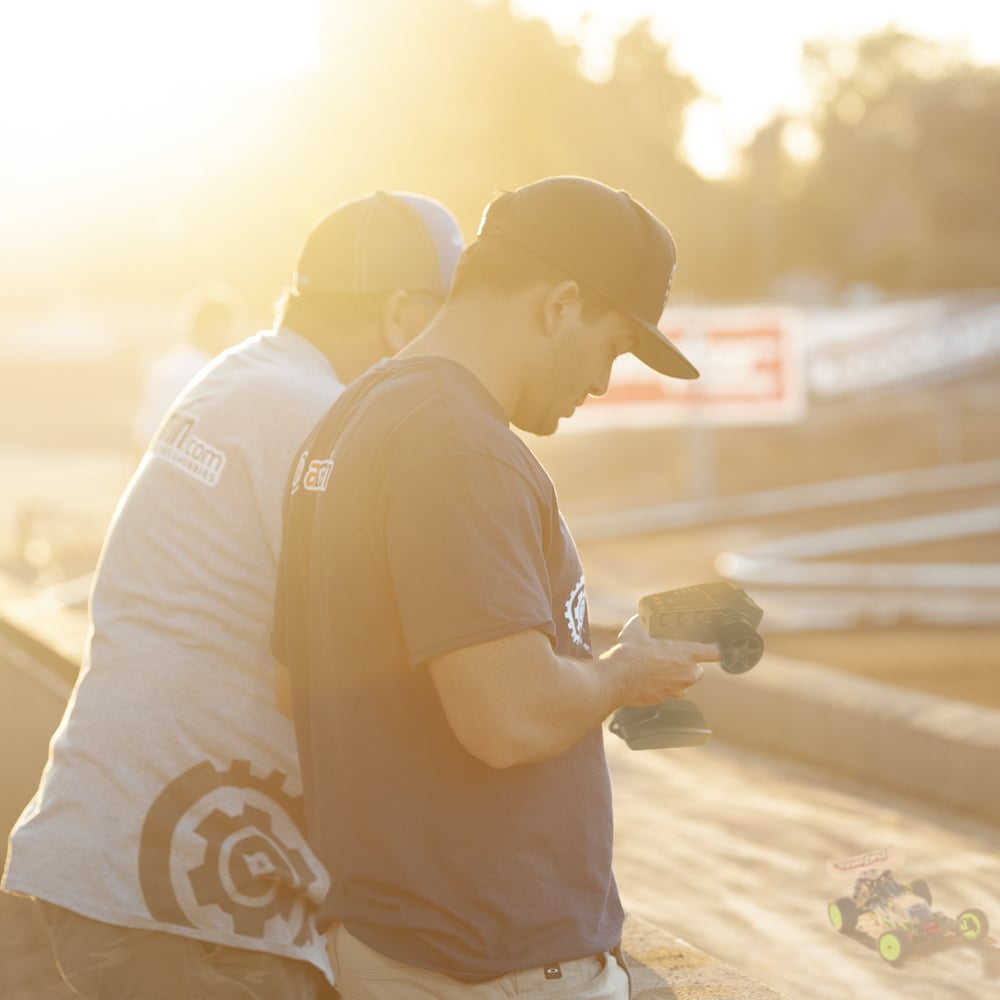
RC Racing Tip 9
Attend the Drivers Meeting
At some point, the practice will officially close, and the race director will hold a drivers’ meeting where he brings all the racers together. He will talk about how the race will go down, the format, and perhaps a time schedule. This meeting is crucial, so you want to find out what time that’s going to happen. You can ask the race director earlier in the morning what time the drivers’ meeting is, but you don’t want to miss it. Be sure to pay attention to the meeting, and it might even be a good idea to bring a pad and pencil to jot down some notes, or you can whip out your phone if you’re close enough and record a video or audio so you can re-play it later and hear everything that was said. Once again, you don’t want to miss that driver’s meeting!
If you haven’t signed up for the race, you’re going to need to before the meeting. The director or one of the track crew will probably go around with a clipboard taking money, names, identifying each driver’s class, and getting your transponder number so they can register it in the computer system. All tracks handle this differently, so if you are unsure, ask around. If you want to race, you need to make certain your name is on the list, and your fees have been paid.
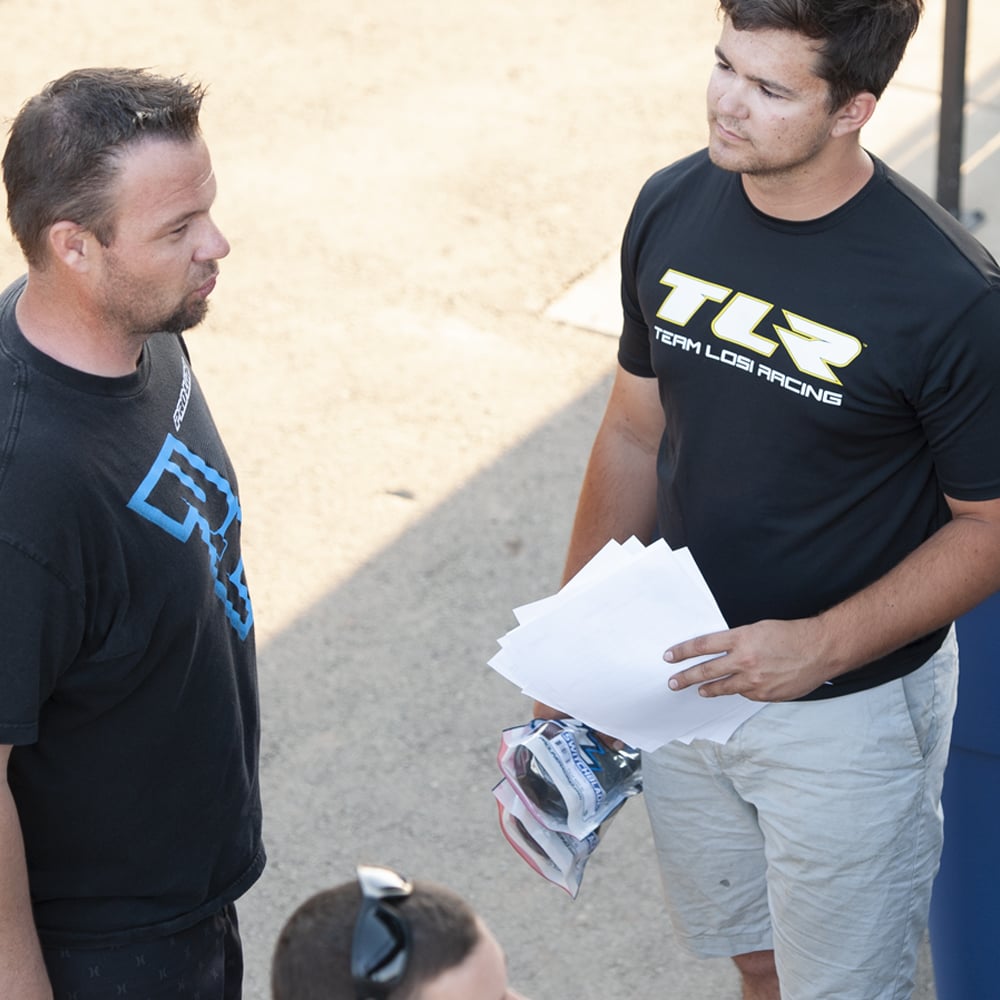
RC Racing Tip 10
Check Your Placement
Soon after the drivers’ meeting has finished, the official time sheets or race sheets will be posted on a bulletin board or taped up on a wall. This will list the order of the qualifiers and what drivers are in each race. In addition, each person will be assigned a number, which corresponds to the number where your car will line up in the qualifier.
If you borrow a transponder from the track, you’re going to need to make sure it corresponds to your race number because track transponders are usually numbered.
It’s important to find out not only what number you are but which heat you start in. The races could have 10 different heats in that first round. So, pay attention to what heats are currently running. You don’t want to miss your qualifier. You’re also going to want to put race stickers on your car that correspond to your car number.
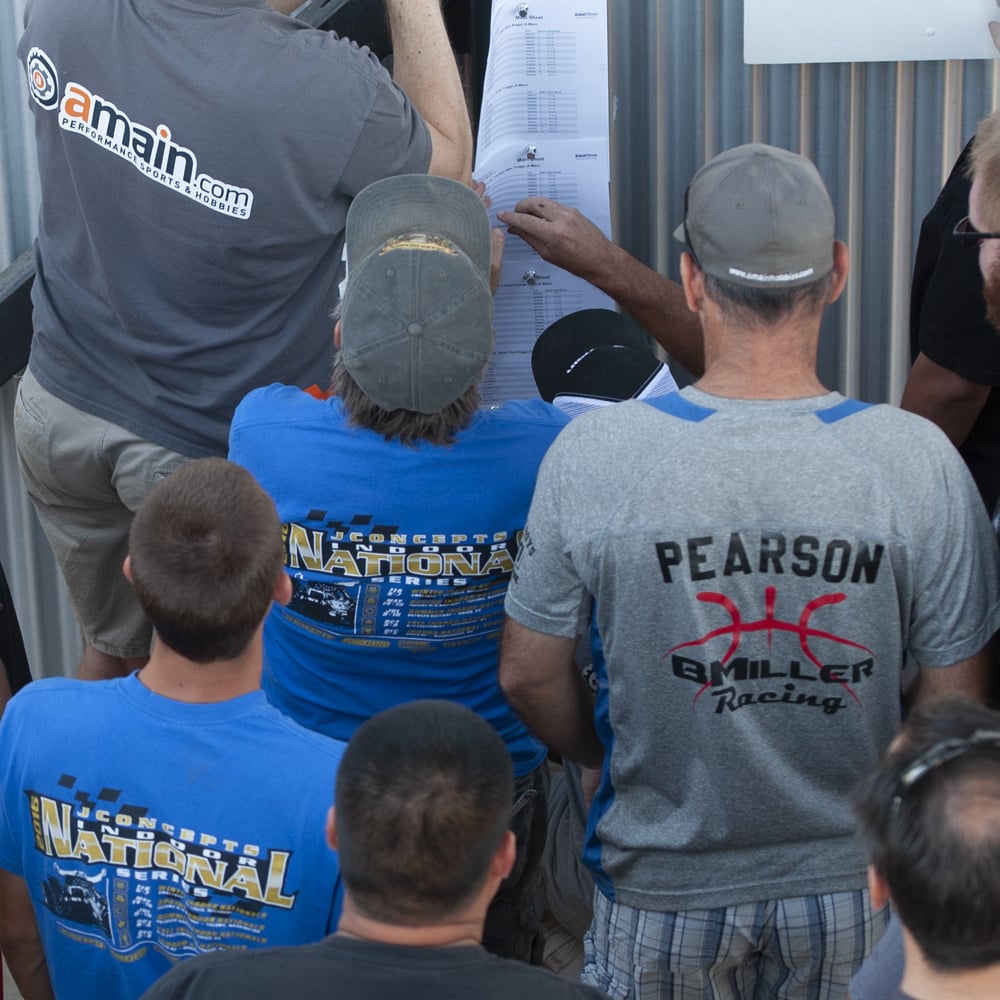
RACE TIME
If you end up in the very first qualifier, you’re going to need to have your car ready, and your battery charged. If not, you’ll have some time to wait around and get a feel for the format of the race. It is also good to inspect your car at this time for loose wheel nuts or any other loose screws. Check the shocks and chassis to ensure that everything seems tight and nothing is rattling or leaking, and be sure there are no broken plastic parts.
RC Racing Tip 11
Be Ready To Go
Finally, you want your car to be ready to go. This is important because you don’t want to be late for your race. If you aren’t there for the start, they may go without you, and then you’ve lost out. Let’s say you’re in race number four. You want your car ready by race number three, and you want to make sure you put that transponder in your car, and then you get in line to go to the drivers’ stand. Generally, there is a spot where everybody lines up for the next race.
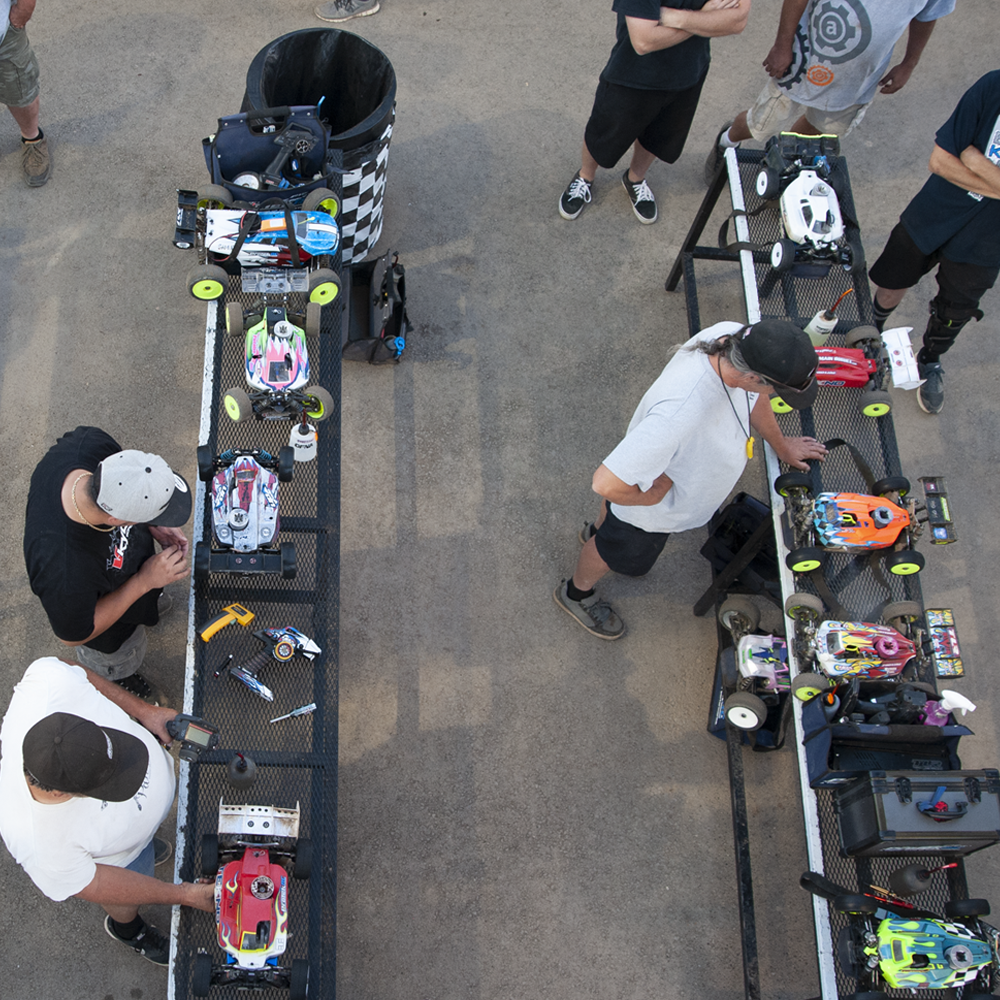
RC Racing Tip 12
Take It Easy
Once it’s finally your turn to get up on the driver stand for your first race, there are a couple of things to keep in mind. Like, the race isn’t won in the first turn. If a pileup happens in the first turn, the marshal won’t run out in front of oncoming cars to flip them over, they’re going to wait for everybody else to go by, and once it’s safe, then they’ll go and flip them upright. Those impatient racers may have started first, but now they end up last.
If you are nervous and shaky about your first race, the best thing you can do is just drive at your own pace. Do what feels comfortable for you. You’re out there to have fun, so you don’t need to be ultra-competitive. Don’t race other people—just race yourself and try to better your lap times. It’s really easy to get caught up on the track when you’re so excited and your adrenaline is pumping. You want to push it to the limit and be the champion of the track, but the best thing to do is take a deep breath and get comfortable. If faster guys are coming up behind you, just let them pass. You don’t need to hold them up or try to block them, and especially don’t try to hit them. Just hold your line, and the skilled driver will find their way around you. If there is a turn that you can pull to the outside, do it. Let the other driver take that inside line. Again, it’s important not to hold up faster drivers.

That first race is for you to have fun. It’s not for you to walk away after your very first race being the world champion of R/C. Sometimes driving slower to make sure your tires stay right side down and not on your lid will be faster in the end. Some tracks have really big jumps that are difficult for new racers, and it’s quicker to roll over them than trying to jump and clear them. Just rolling them can be advantageous in racing if it’s a double or a big triple jump. The most important thing is staying right side up, so if you drive slow and don't crash, you will be way ahead.
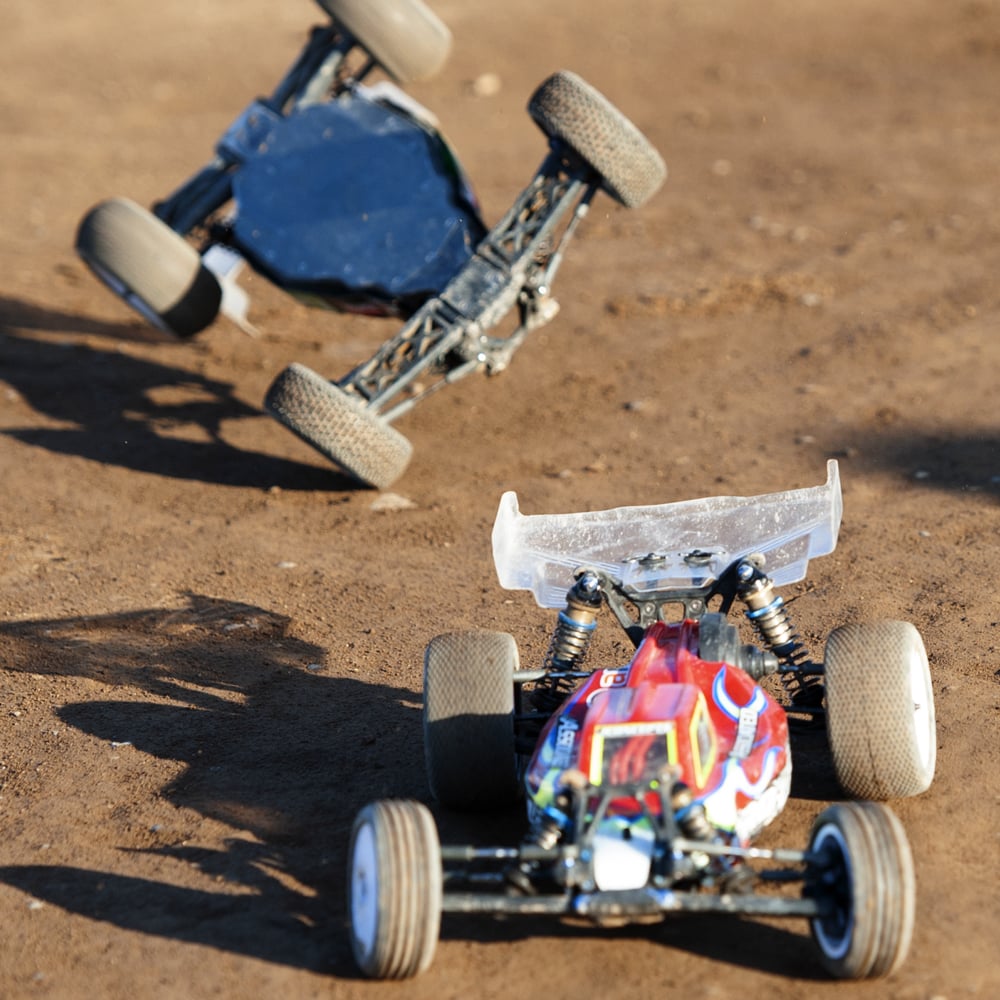
AFTER THE RACE
Once your race is finished, turn your transmitter off, then turn off the car, return your transponder if you borrowed one (someone in the next race may need it), and put your car in the impound if there is one. That’s where they stage all the cars after the race because you and the drivers from your race will be the next Turn Marshals.
RC Racing Tip 13
Be a Diligent Turn Marshal
The driver number generally designates marshal spots, so you’ll want to find the location that corresponds to your car number. Make sure to get out there quickly because you don’t want to hold up the race. Stay alert and pay attention to your area, not the race. One of the worst things that can happen is a Turn Marshal who isn’t paying attention, standing right next to a flipped car. You don’t want to be that guy!
That said, you want to keep yourself safe from harm. For example, you may be placed near a jump where cars are flying through the air. Keep your eyes open. If you’re near a straightaway, don’t run in front of any cars that are coming at you. Instead, wait for them to come and go and then proceed to get that flipped car when it’s safe. This is especially important when you get into eighth-scale RC racing, where the vehicles are bigger and heavier and can do damage.
This may be a given, but it’s imperative to point the car in the right direction when marshaling. We’ve seen guys grab a car in such a rush that when they throw it back down on the ground, they throw it upside down or backward. You don’t want to cost that driver more time than he already cost himself. Also, sometimes a car will flip entirely out of its lane, and you can only get it back to the correct lane by being diligent. So, pay attention and be alert.
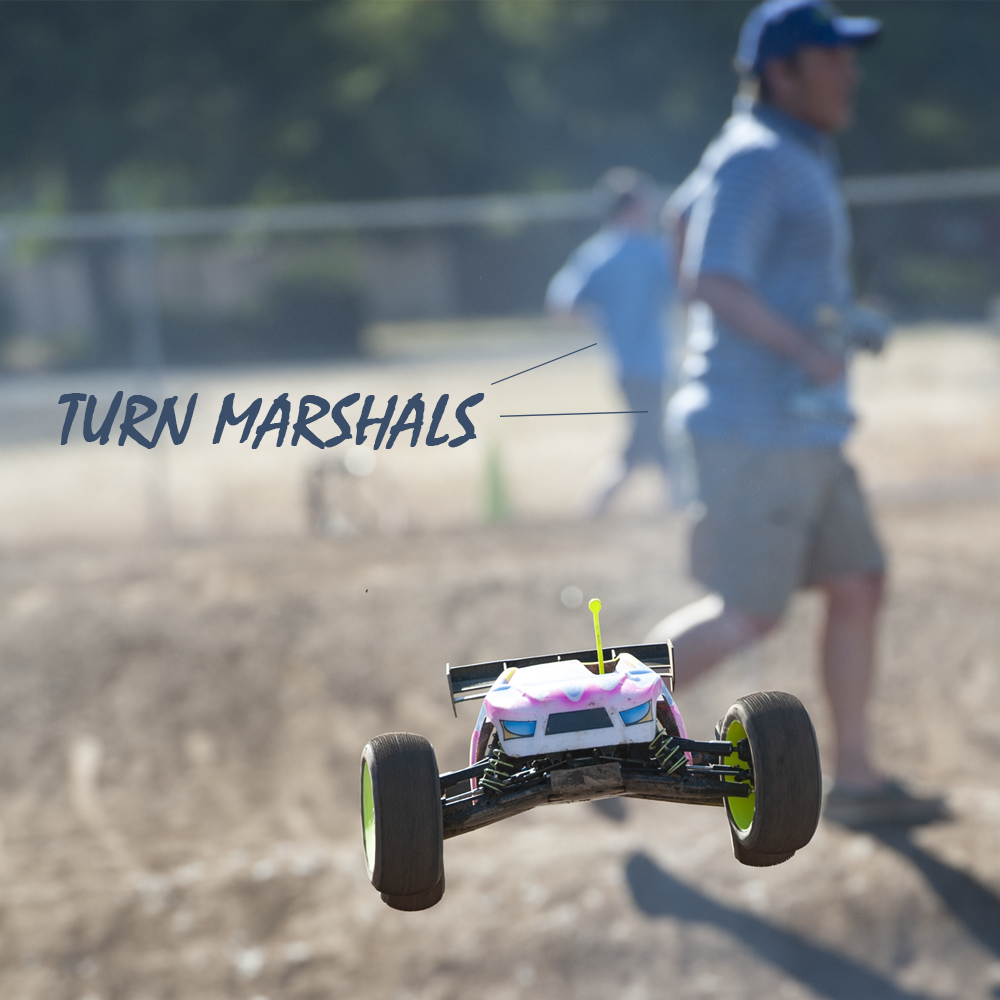
RC Racing Tip 14
Enjoy It
One of the most important things for a new R/C racer when they hit the track for the first time is not having any race expectations. If you go out there thinking you’re going to be the champion and win your race, chances are you won’t. Instead, you want to go to the track with the mindset of gaining experience and learning new things—essentially honing your craft. Because R/C racing is like any other skill set, it doesn’t just happen overnight.
The guys who are at the peak of this sport practice, practice, practice, practice, practice, and have been doing so for years. So, for your first few races, go out with the mindset of having a good time with your friends and family learning new things, and making new friends. You’ll get faster by learning how to set up your car better and learning new techniques and driving strategies. Being a winning racer comes with time.
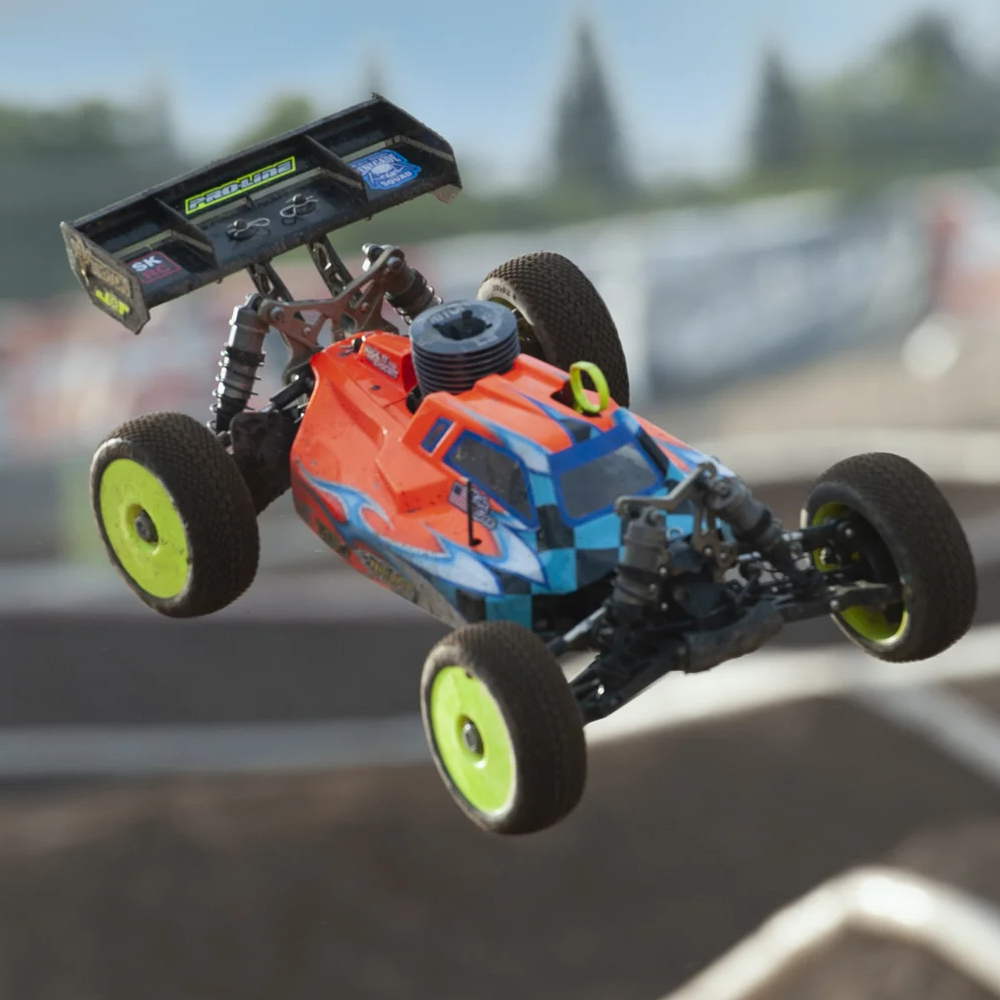
These may be a lot of tips, but if you’re new to R/C racing, it’s better to be prepared. Read all the literature you can, watch all the YouTube videos you can, and listen to the testimonials from your buddies. The better prepared you are, the better off you’ll be and the better time you’ll have at the track.
Watch Brett's Review
RC Racing Tips for the Beginner Racer and Mistakes to Avoid
Watch "RC Racing Tips for the Beginner Racer and Mistakes to Avoid" on our YouTube channel, and while you're there, be sure to check out our vast selection of informative and new product videos.

